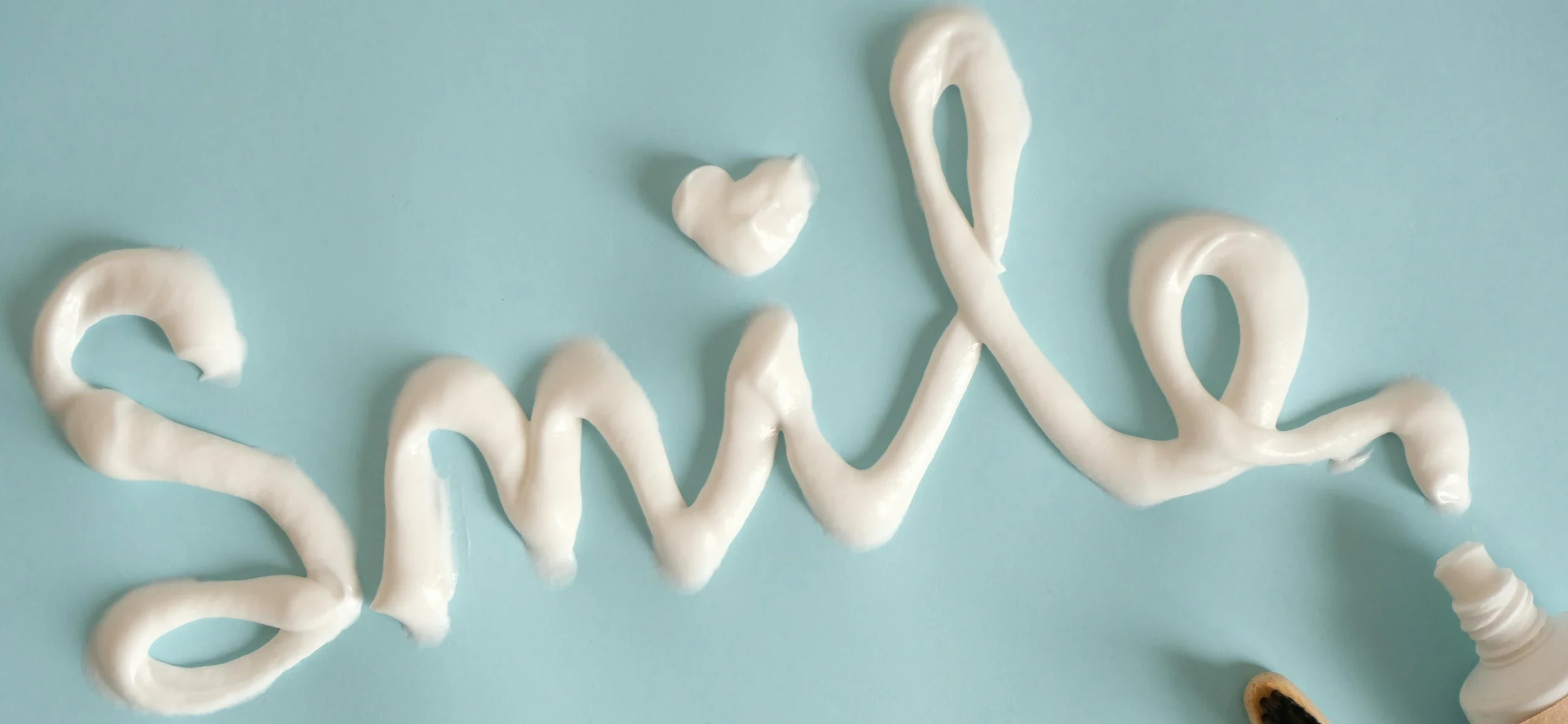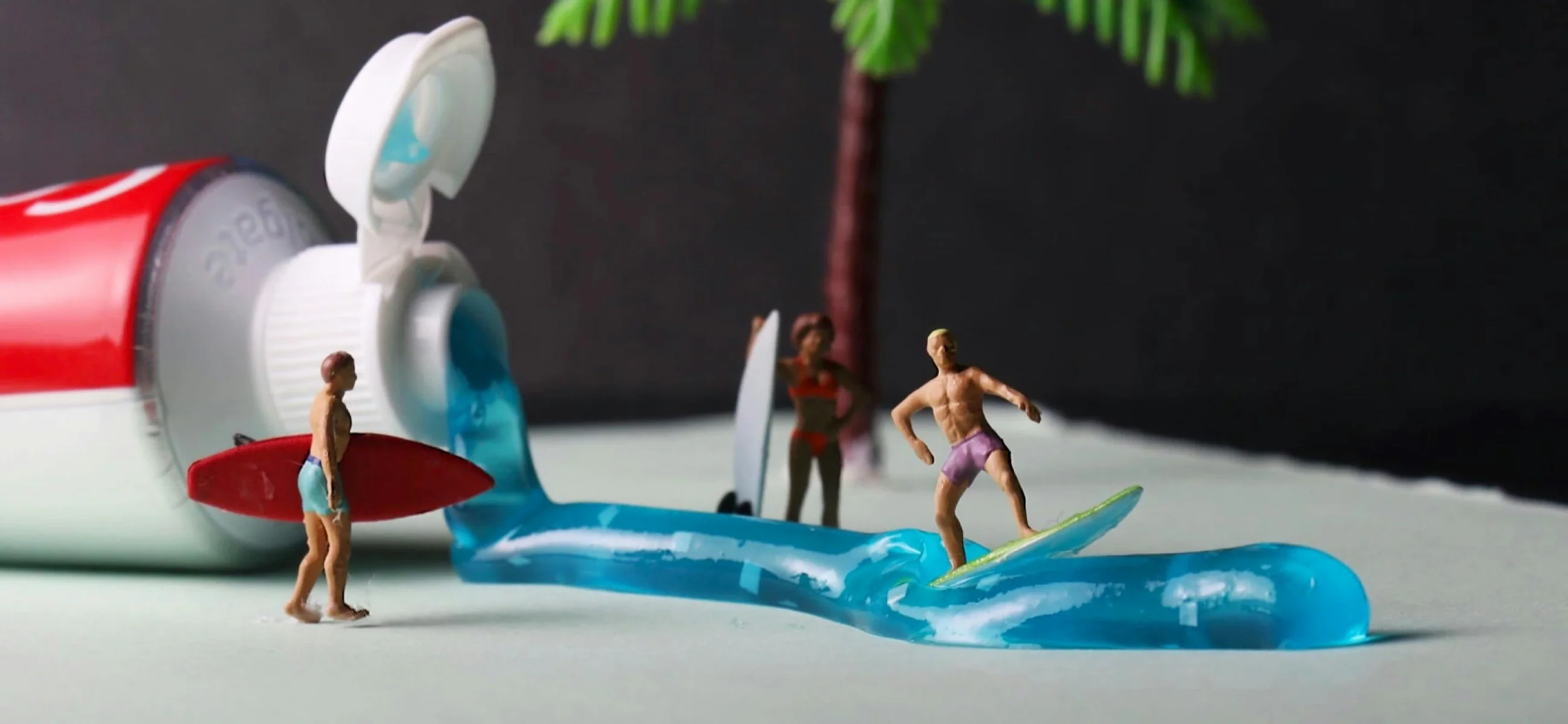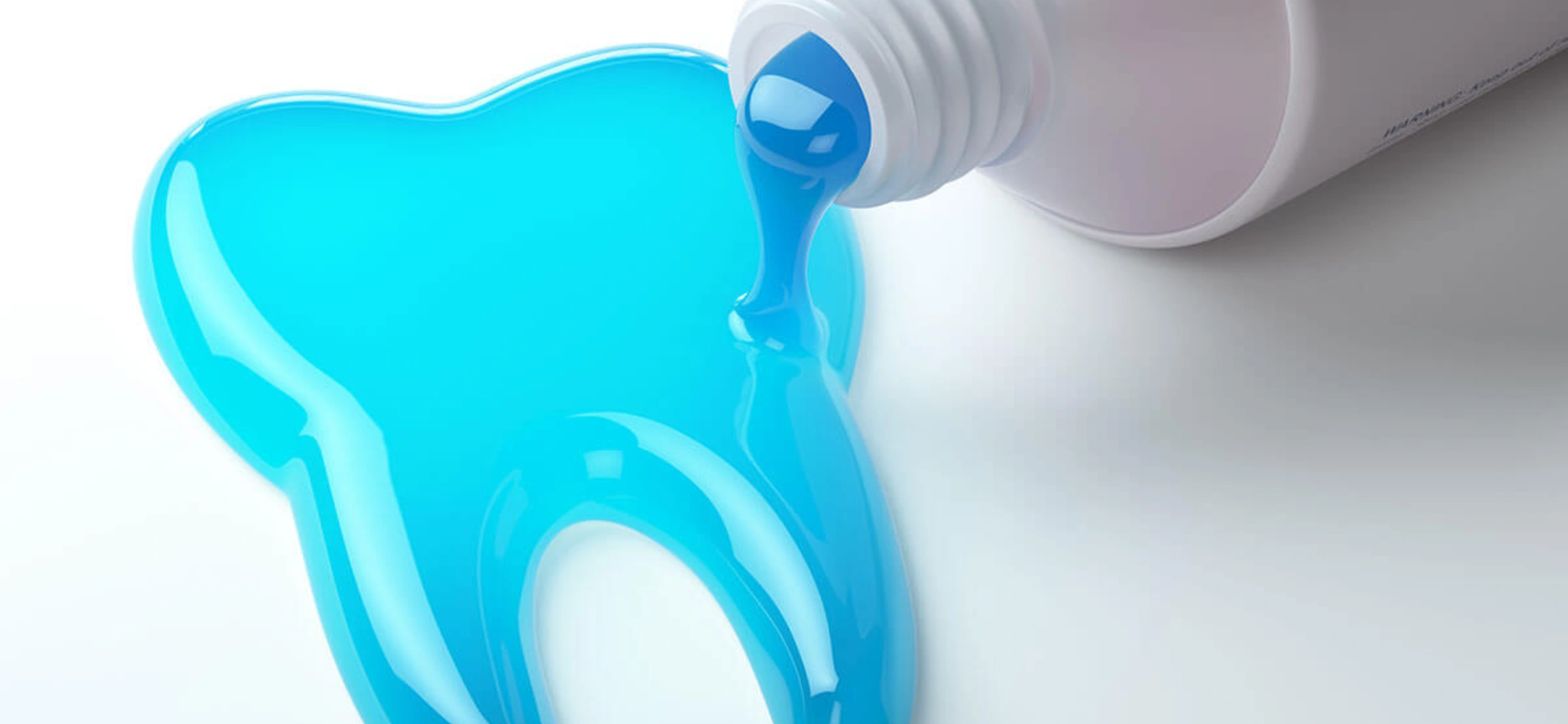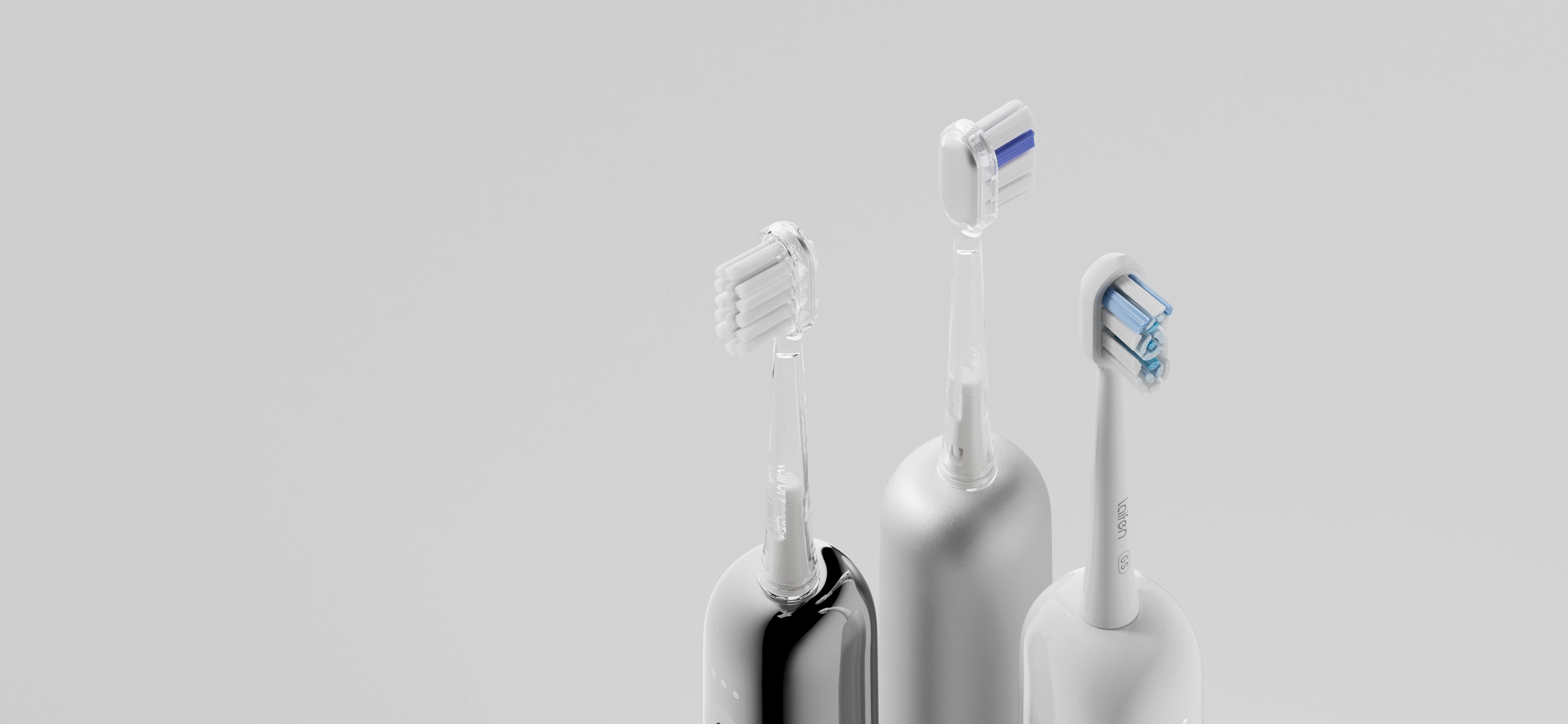Dealing with a toothpaste allergy is like a surprise party you never signed up for. When you’re just trying to maintain your pearly whites, but your toothpaste decides to throw a tantrum on your tongue. It’s not just annoying; it’s like your mouth is staging a rebellion against minty freshness. Suddenly, you’re stuck with a mouthful of ulcers and a swollen pout that makes you look like you just went ten rounds in a boxing ring with a tube of Crest. And it’s not just any old allergy—it’s the type that makes your dentist raise an eyebrow and ask, “What in the fluoride is going on here?” So, here’s to navigating toothpaste allergies: where even your smile comes with a disclaimer.
What is toothpaste allergy?
Toothpaste allergy refers to an adverse reaction to certain ingredients found in toothpaste formulations, and causes symptoms such as mouth ulcers, swelling, redness, or rash in and around the mouth.
While toothpaste allergies are relatively rare, affecting a small percentage of the population, they can significantly impact your oral care routines and overall dental health for those affected. Know more information about the allergy to toothpaste in the following.
What ingredient in toothpaste causes rash?
One of the common ingredients in toothpaste that can cause a rash or allergic reaction is sodium lauryl sulfate (SLS).
SLS is a foaming agent found in many toothpaste formulations and is responsible for creating the lather when brushing.
Some may develop a sensitivity or allergy to SLS and cause symptoms such as skin irritation, rash, or mouth ulcers.
For those prone to such reactions, they may need to choose from SLS-free toothpaste formulations may help alleviate symptoms and prevent further irritation.
Toothpaste allergy symptoms or signs
Symptoms or signs of a toothpaste allergy may include:
- People may experience irritation or burning sensations in the mouth shortly after brushing their teeth.
- Small, painful sores or ulcers may develop on the gums, tongue, inner cheeks, or lips.
- Swelling or inflammation of the lips, tongue, or throat may occur,.
- A red, itchy rash may appear around the mouth, chin, or neck area.
- The skin around the mouth may become dry, flaky, or peel as a result of irritation from toothpaste allergens.
- In severe cases, blisters or vesicles may form on the lips or inside the mouth, accompanied by pain or discomfort.
- Symptoms may persist or worsen with continued use of the offending toothpaste.
4 toothpaste allergy treatments
Here are five treatments for toothpaste allergy. You can try some of them.
1. You can switch to hypoallergenic toothpaste
You can explore hypoallergenic toothpaste options available at your local pharmacy or online. Prices may vary depending on the brand and specific formulation, but many hypoallergenic toothpastes are competitively priced with conventional options.
Tips: You need to look for toothpastes labeled as “sensitive,” “natural,” or “free from common allergens.” Try testing a small amount of the new toothpaste on a small patch of skin before using it to ensure compatibility.
2. Patch testing
Secondly, you can schedule an appointment with an allergist or dermatologist for patch testing to identify specific allergens present in your current toothpaste.
Once identified, avoid products containing those allergens to prevent further allergic reactions.
Tips: Keep a list of allergens to reference when purchasing personal care products.
3. Oral antihistamines
Why not purchase over-the-counter oral antihistamines from your local pharmacy? Prices may vary depending on the brand and dosage strength, but many generic options are available at affordable prices. Oral antihistamines can help alleviate symptoms of toothpaste allergy, such as itching, swelling, or rash.
Tips: Follow the dosage instructions provided on the packaging.
4. Topical steroids
Now, you can also speak with your healthcare provider about prescription-strength topical steroids to manage symptoms of toothpaste allergy. Topical steroids can help reduce inflammation and itching associated with allergic reactions.
Tips: Apply topical steroids sparingly to affected areas of the skin, and follow your healthcare provider’s instructions for use. Remember to avoid prolonged or excessive use of topical steroids to minimize potential side effects.
Best toothpaste for allergies
While individual preferences and sensitivities vary, here are some toothpaste brands often recommended for individuals with allergies or sensitivities:
- Sensodyne Pronamel Gentle Whitening Toothpaste: This toothpaste is formulated to be mild on enamel and is free from sodium lauryl sulfate (SLS). It is suitable for us with sensitive teeth or allergies to SLS.
- Tom’s of Maine Sensitive Toothpaste: This sensitive teeth toothpaste offers a range of natural toothpaste options that are free from artificial flavors, colors, preservatives, and SLS. Their sensitive toothpaste formulations are good on the mouth and suitable for us with allergies or sensitivities to common toothpaste ingredients.
- Burt’s Bees Purely White Toothpaste: Burt’s Bees toothpaste is fluoride-free and made with natural ingredients such as peppermint oil and bamboo powder. It is formulated without SLS, artificial flavors, or preservatives.
- Hello Oral Care Sensitivity Relief Toothpaste: Hello Oral Care offers a sensitivity relief toothpaste that is free from SLS, artificial sweeteners, flavors, and preservatives. It contains naturally derived ingredients such as coconut oil and aloe vera to soothe sensitive teeth and gums.





